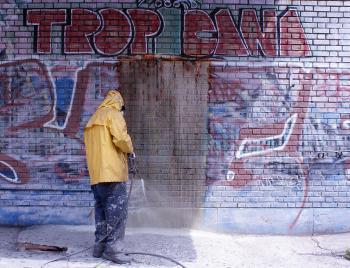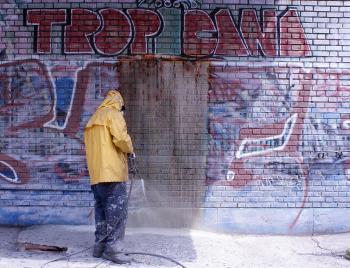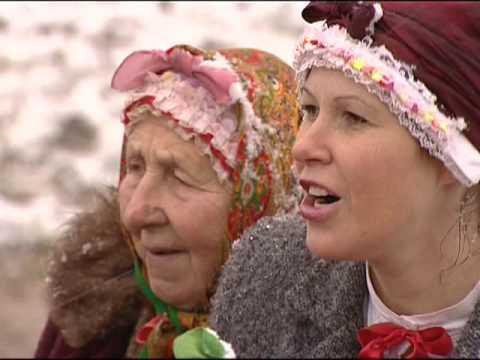On September l, 1939, the Nazis invaded Poland and established a ghetto in Warsaw where they forced most of the resident Jewish population to live behind seven-foot high walls.
Almost 70 years later on December 9, 2008, Anna Clark, one of the children on the last train out of Warsaw, attended a musical evening at Ottawa’s Beth Shalom Synagogue.
Clark, now a very old lady, stayed while Floralove Katz and the Ottawa Klezmer Band played, enjoying the music of a tradition that was developed in the 15th century. It was, indeed, a celebration of diversity.
The band’s vivacious, gutsy performance of old melodies and songs at the synagogue had many in the audience clapping to the music. Those in attendance obviously enjoyed the nostalgic sound of a secular music that draws on devotional practice and cantorial liturgy dating back to Biblical times, while incorporating themes, melodies, and rhythms from the Russian military and gypsy music, as well as Greek, Turkish, Bulgarian and many other cultures.
H.E. Piotr Ogrodzinski, Ambassador of the Republic of Poland joined in a spontaneous dance after gifting Floralove with a bouquet of flowers. He was hosting the evening, along with B’Nai Brith Canada, to celebrate the construction of the Museum of the History of Polish Jews, which will open on the site of the old Warsaw ghetto in 2011.
Almost 70 years later on December 9, 2008, Anna Clark, one of the children on the last train out of Warsaw, attended a musical evening at Ottawa’s Beth Shalom Synagogue.
Clark, now a very old lady, stayed while Floralove Katz and the Ottawa Klezmer Band played, enjoying the music of a tradition that was developed in the 15th century. It was, indeed, a celebration of diversity.
The band’s vivacious, gutsy performance of old melodies and songs at the synagogue had many in the audience clapping to the music. Those in attendance obviously enjoyed the nostalgic sound of a secular music that draws on devotional practice and cantorial liturgy dating back to Biblical times, while incorporating themes, melodies, and rhythms from the Russian military and gypsy music, as well as Greek, Turkish, Bulgarian and many other cultures.
H.E. Piotr Ogrodzinski, Ambassador of the Republic of Poland joined in a spontaneous dance after gifting Floralove with a bouquet of flowers. He was hosting the evening, along with B’Nai Brith Canada, to celebrate the construction of the Museum of the History of Polish Jews, which will open on the site of the old Warsaw ghetto in 2011.
It will be a museum to explore, a place of dialogue, a catalyst to inspire visitors to reflect on the history of Polish Jews, and will confront hatred while promoting democratic values.
I spoke with a Polish-Canadian woman who visited her parents’ villages in 1963. According to what she told me about the people she met who sheltered Jewish families, Anne Frank would have had a safe haven in many Polish villages.
In early 2006, the Museum of the History of Polish Jews launched an oral history project called “Writing Down the Jewish World in Poland.” Polish Jews of all ages were interviewed.
The older ones remembered the pre-war world of their childhood and the tragedy of the Holocaust; while the younger ones recounted their views on life in Poland after the war. On my trip to Poland in 2001, there were many Poles who denied the existence of extermination camps in their country. The establishment of this museum is a very important step.
The museum was founded by the City of Warsaw, the Minister of Culture of Poland, and the Association of the Jewish Historical Institute of Poland, and is supported by an international community of donors and friends.
Galleries in the museum will include First Encounters, the beginnings of Jewish life in Polish lands from the 10th to the 15th centuries; Paradisus Judeorum or the “Golden Age” of Polish Jewry, from the 16th to the middle of the 17th century; Town; Under the Empires; Street - Into Modernity; The Holocaust of Polish Jews from 1939 to 1944; and The Post-War Years.
Interested readers might like to look for a book published by General Store Publishing by Irena Szpak, who lives in Kingston. It is called Trains - a Journey of Remembrances.
Irena, who was born in Warsaw, joined the clandestine Girl Guides in 1942. As a member of the Polish Resistance, many of her train trips were ones she endured as a prisoner of war shuttling from one camp to another. Irena was awarded the Medal of Resistance and the Warsaw Uprising Cross by former President of Poland, Lech Walensa.
For more information, please visit www.jewishmuseum.org.pl.





